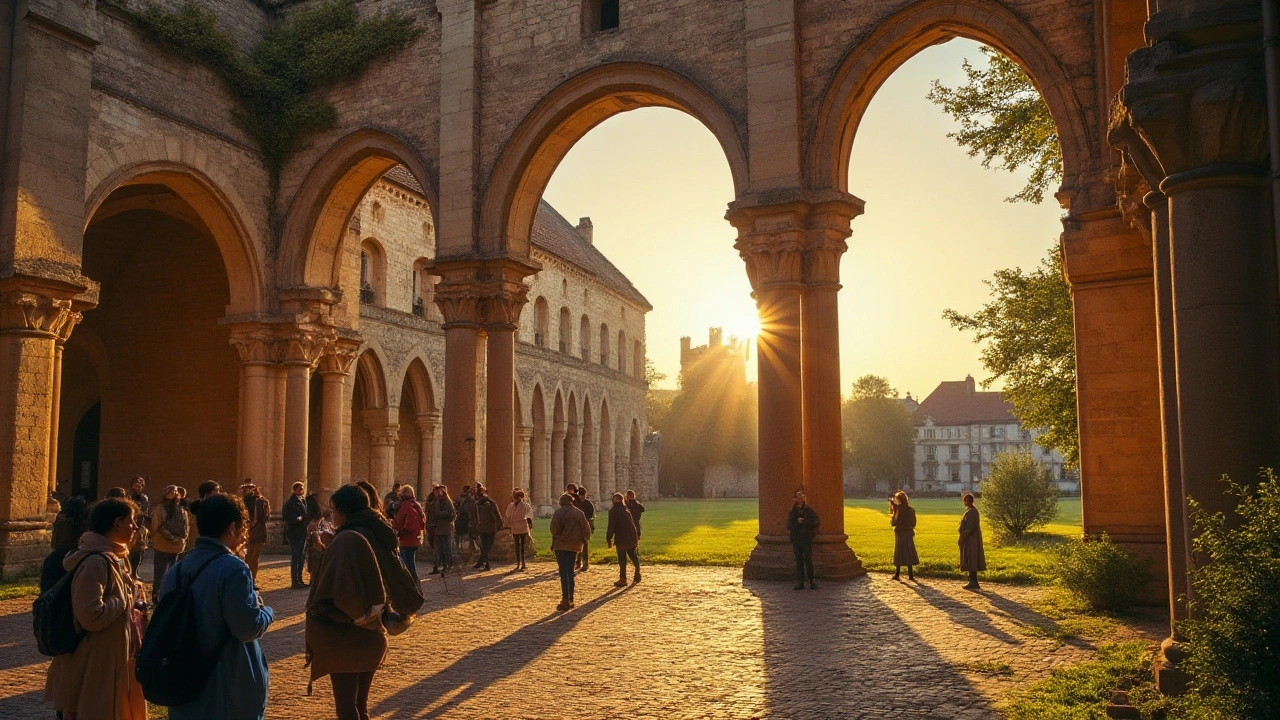Europe travel: architecture routes, tips, and must-see spots
Europe packs thousands of years of architecture into a short train ride. Want to see a Roman aqueduct in the morning, a Gothic cathedral at noon, and Art Nouveau facades by sunset? That's Europe travel in a nutshell — chaotic, inspiring, and easy to plan if you focus on a few smart choices.
First, pick a theme. Do you want ancient Rome, Byzantine domes, or 19th‑century revival styles? Narrowing your focus keeps travel time low and sights rich. For architecture lovers, concentrate on regions — Rome and southern Italy for Roman and Renaissance work; Istanbul for Byzantine mosaics and domes; Paris and Vienna for Beaux‑Arts and Haussmannian streets; northern Europe for Gothic and Art Nouveau. Mix one big city with nearby smaller towns to see different scales of history.
Timing matters. Early spring and late autumn give cooler weather and fewer crowds at popular sites like the Colosseum or Hagia Sophia. If you must visit in summer, book skip‑the‑line tickets and go first thing in the morning or late afternoon for better light and fewer people.
Practical tips for smoother trips: buy a transport pass for each country you visit, download local transit apps, and carry a small reusable water bottle. Pick accommodations inside historic neighborhoods when possible — staying near the old town saves transit time and gives free evening walks past lit monuments. Use museum passes if you plan multiple entries; they often save money and time.
Photography and respect go hand in hand. For great shots, aim for golden hour light and scout a high viewpoint for city panoramas. Inside sacred sites, follow local rules: no flash, modest clothing where required, and keep voices low. Preservation matters — don't touch frescoes or climb on ruins.
Three quick itinerary ideas for different trip lengths:
- 7 days: Rome base — Colosseum, Roman Forum, Vatican, and a day trip to Tivoli or Ostia Antica for quieter ancient sites.
- 10 days: Paris and nearby — Louvre and Beaux‑Arts landmarks, a day in Versailles, then a train to Strasbourg or Reims for Gothic and Renaissance gems.
- 14 days: Istanbul to Athens — Byzantine wonders in Istanbul, a Greek island hop, and Athens for classical ruins and neoclassical city corners.
Quick planning checklist
Theme or region chosen; transport passes bought; skip‑the‑line tickets for major sites; comfy walking shoes; local maps and transit apps; basic phrases in the local language.
Travel smart, see more
Pick fewer places and explore them well. Use local guides for deeper stories, balance famous sites with hidden gems, and leave room for wandering. Europe travel rewards curiosity — bring a map, a good pair of shoes, and an open mind.
Check local opening hours, and peek into side streets for unexpected frescoes, tiny museums, and cafés that feel like living history. Bookmark Macklowe Art & Architecture articles to plan routes tied to styles you like.

Exploring Europe's Majestic Romanesque Architecture
Romanesque architecture is a journey through time that showcases Europe’s robust and majestic historical development. Distinctive for its semi-circular arches, sturdy pillars, and massive walls, this architectural style is a cornerstone of European heritage. From the Abbey of Cluny in France to the stunning Cathedral of Pisa, Romanesque buildings tell stories of medieval Europe. Delve into architectural techniques, key structures, and legends that shaped Romanesque design. Discover how these monumental works continue to captivate modern enthusiasts and travelers alike.
Read more